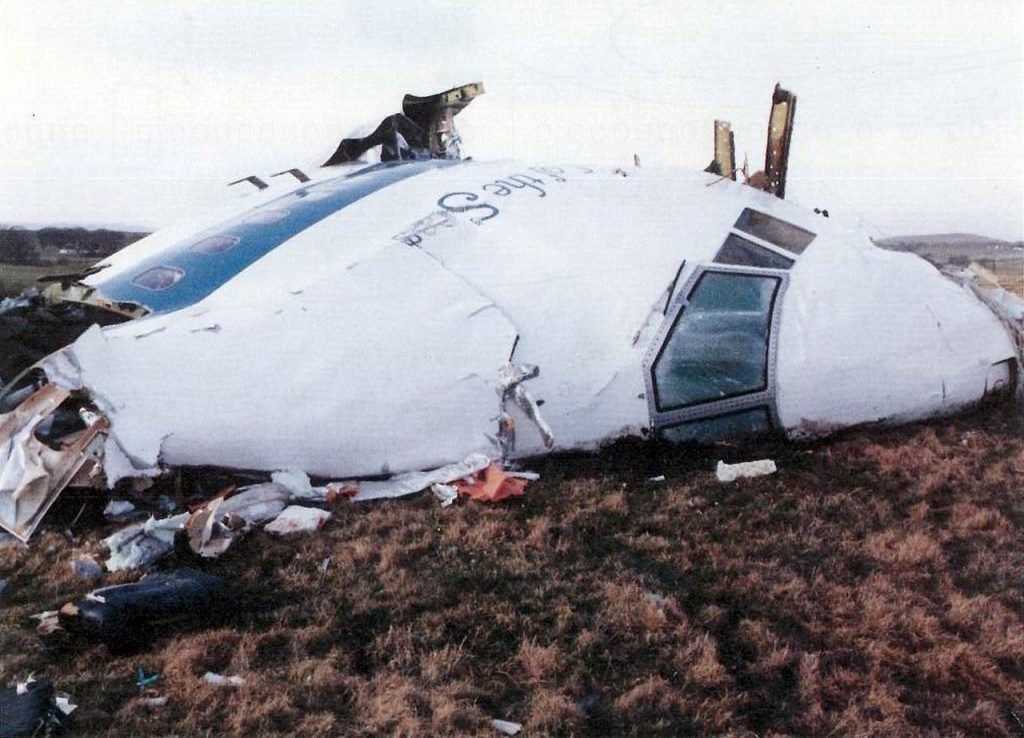Introduction
On the somber night of December 21, 1988, the world witnessed one of the most tragic events in aviation history – the Lockerbie bombing. Pan Am Flight 103, a transatlantic flight from London to New York City, was targeted by terrorists, resulting in the deaths of all 259 people on board and 11 on the ground in Lockerbie, Scotland. This gruesome act not only claimed innocent lives but also left a lasting scar on the collective consciousness of the United Kingdom.
The Night of the Lockerbie Bombing

As Pan Am Flight 103 embarked on its journey from London, carrying 243 passengers and 16 crew members, including 35 study-abroad students from Syracuse University, the anticipation of the holiday season filled the air. However, just 38 minutes into the flight, a catastrophic explosion shattered the calm. Evidence suggests that passengers were plunged into darkness as the forward fuselage disintegrated, and the plane nosedived, leaving destruction in its wake.
Residents of Lockerbie experienced the horror from the ground, with a roar and a seismic impact measuring 1.6 on the Richter scale. Bodies fell from the sky, and parts of the aircraft crashed into homes. The town was left in chaos, with a 150-foot-long hole marking the impact zone.
The Devastation Unveiled
When rescue teams arrived, they were met with a nightmarish scene. Bodies littered the ground, fires raged, and the wreckage had created an 845-square-mile debris field. Shockingly, it was revealed that two individuals could have survived if medical personnel had reached them in time.
The investigation into Pan Am Flight 103 became an international effort, given the substantial number of American citizens on board. Over 10,000 pieces of evidence were collected, covering a search area spanning hundreds of miles. By July 1990, a grim conclusion emerged – a bomb in the forward cargo hold had brought down the aircraft.
Unraveling the Threads of Conspiracy

The breakthrough in the case came when investigators traced the bomb to a brown Samsonite suitcase containing a radio cassette holder. This pivotal piece of evidence led them to the Malta Trading Company, where dozens of clothing scraps with explosive traces originated. The store owner’s cooperation and recollection of selling the clothing to a Libyan marked a significant turning point.
The prime suspect identified was Abdel Basset Ali al-Megrahi, a Libyan intelligence officer. Megrahi, along with alleged co-conspirators Abu Agila Mohammad Mas’ud Kheir Al-Marimi and Lamen Khalifa Fhimah, faced 270 counts of murder, conspiracy, and violating Britain’s Aviation Security Act in 1991. However, the decades that followed brought limited answers from their trials.
Motivations and Fallout
While Megrahi and Fhimah maintained their silence during arrest, trial, and detainment, authorities speculated on the motive behind the attack. Revenge seemed likely, potentially linked to a 1986 strike that killed Libyan leader Muammar el-Qaddafi’s daughter or the U.S.’s accidental downing of Iran Air Flight 655 in 1988.
Megrahi’s release in 2009 on compassionate grounds due to terminal prostate cancer stirred controversy, and he passed away in 2012. On December 21, 2020, the 34th anniversary of the bombing, U.S. Attorney General William Barr announced charges against Mas’ud, reigniting the quest for justice.
The Lingering Legacy

The aftermath of the Lockerbie bombing extends beyond legal proceedings. Each year, Syracuse University commemorates the 35 students lost in the disaster. In Washington D.C., a Scottish cairn stands as a memorial to the lives lost, encapsulating the impact of the attack.
Even today, families await answers, keeping their loved ones’ memories alive through foundations and scholarships. The saying, “the dead are still with us as long as someone speaks their name,” echoes through the ongoing efforts for justice, remembrance, and advocacy for enhanced airport security.
Conclusion
The Lockerbie bombing remains an indelible mark in history, a stark reminder of the far-reaching consequences of terrorism. As we reflect on the lives lost and the enduring quest for justice, the need for international cooperation and security measures becomes more apparent than ever.


